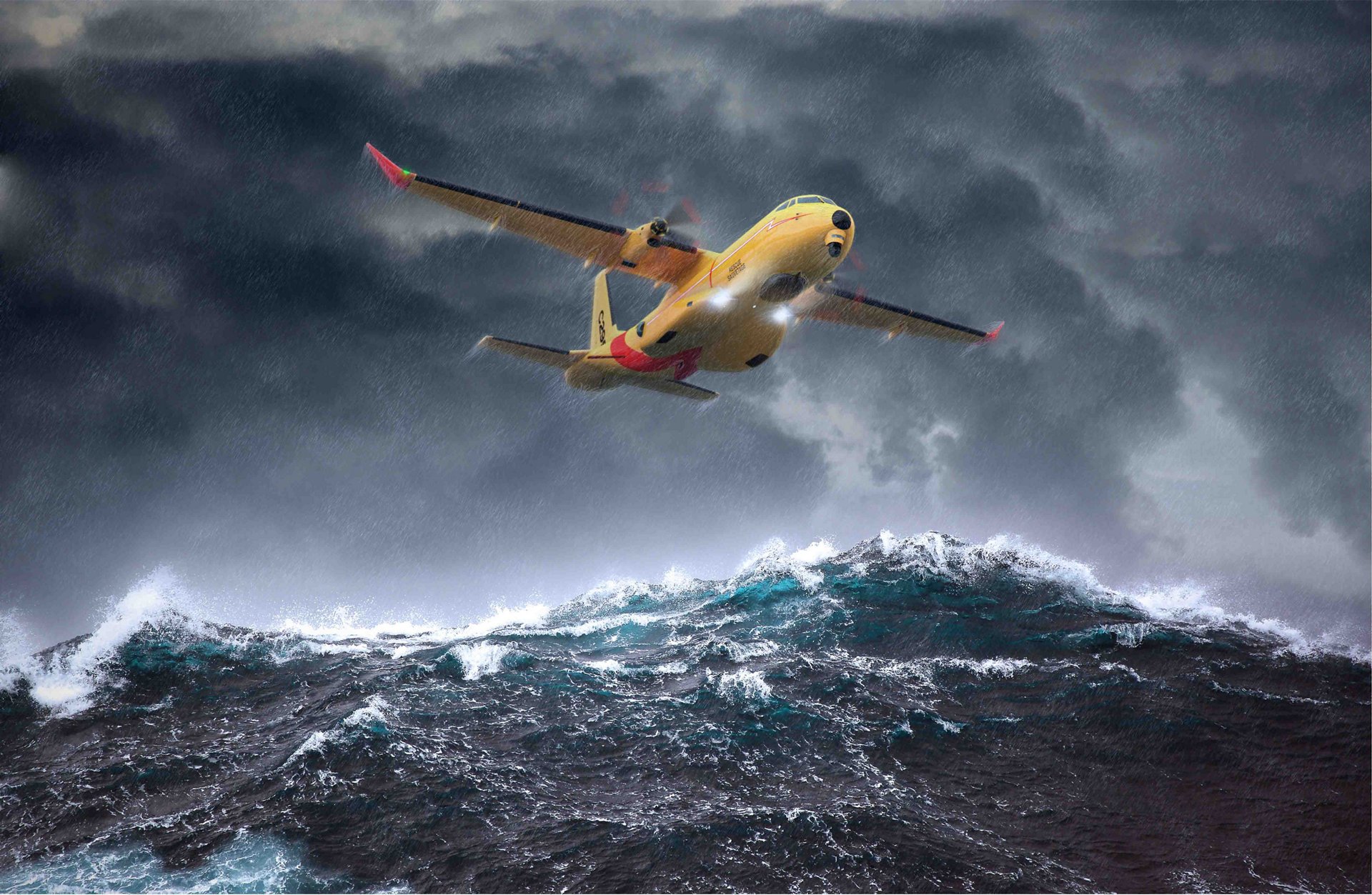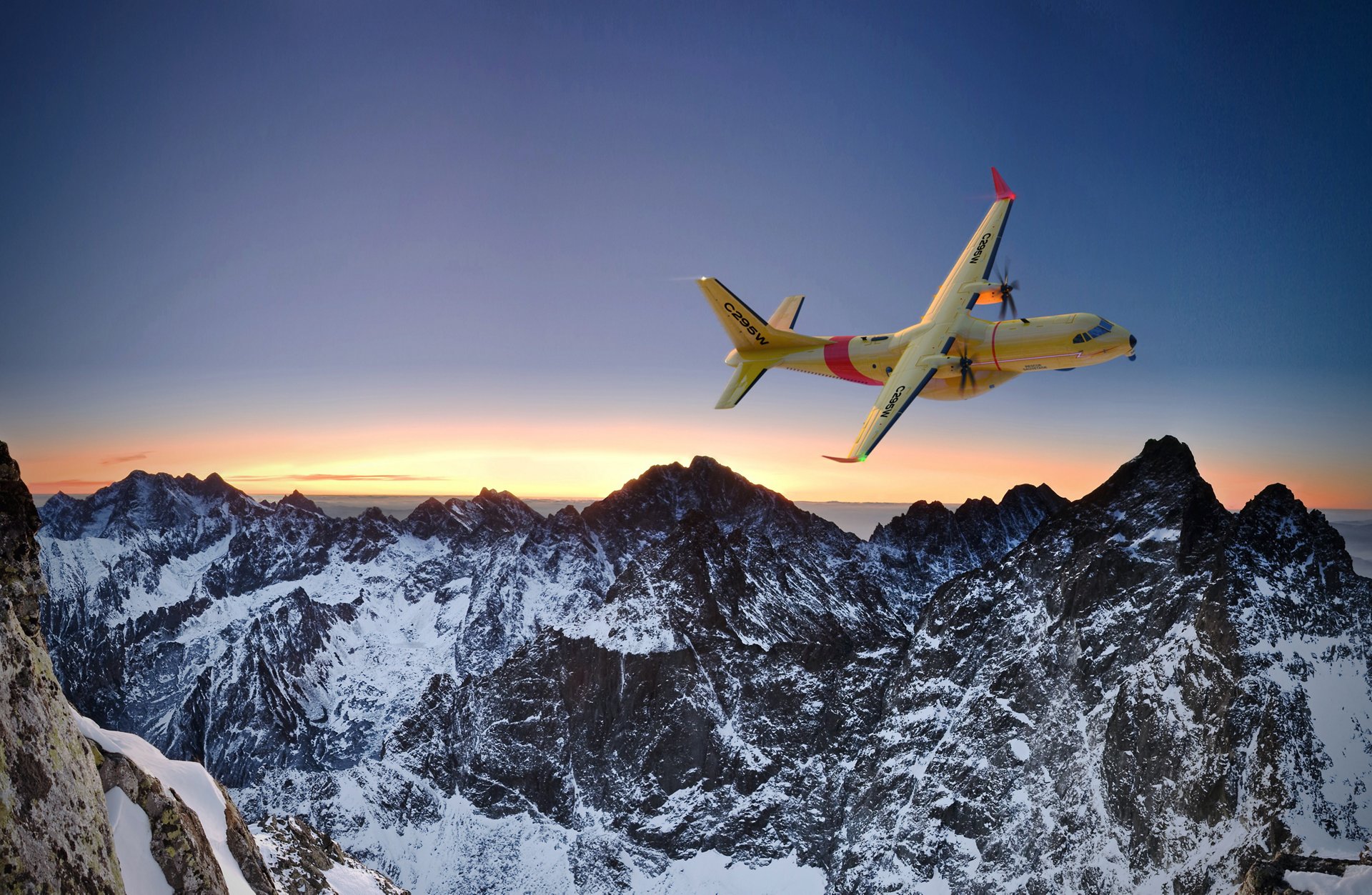Canada’s dedicated search and rescue (SAR) crews regularly put their lives on the line, relying on aircraft to overcome the significant challenges presented by dangerous weather and terrain. The requirements for Canadian SAR aircraft have been well-documented – from demanding mountain contour search, Arctic and North Atlantic storms, to extreme temperatures, icing and precipitation. Airbus’ C295, which has been selected for the country’s Fixed-Wing Search and Rescue Program, is perfectly suited to these duties. The C295 variant that Canada is receiving is the latest version, equipped with winglets that make it capable of transporting more payload over larger distances, resulting in fuel savings as well as increased safety margins in mountainous regions.
Numerous enhancements are being introduced in the Canadian C295s, responding to the country’s specific search and rescue mission requirements. With the aircraft routinely operating in the harsh conditions of the North Atlantic, the C295s for Canada includes several improvement to guarantee crew safety, such as an advance avionics package compliant with the most demanding navigation regulations, reinforcements in the fuselage that improve ditching operations and a hatch to allow a rapid aircraft evacuation in case of a forced landing in the ocean.
Additionally, elements have been incorporated for aerodynamic drag reduction to improve time-on-station for the aircraft and increase the top speed during search and rescue missions. The C295 cabin interior is tailored to the Canadian Air Force’s operational, with such as a new wireless intercom system for crew communications, the increase of spaces for storing SAR equipment, additional lighting for medical evacuation duties and lighting compatible with the use of night vision systems.

The C295’s 41-ft.-long cabin is the largest in its class, providing ample space for both sensors and mission systems, as well as crew rest and preparation areas. The aircraft’s key capabilities include:
Search Radar
Multi-mode radar for detection, localisation, classification, and tracking of targets over water and land – all weather, day or night
Maximum range of 200 nm, tracking 100+ surface targets while scanning
Detects:
– Ocean-going fishing vessels or merchant ships between 80-200 nm
– Small craft or inflatable boats up to 35 nm
– SAR mode provides the capability of distinguishing and recognising ground contacts
Electro-Optical/Infrared sensors
Stabilized, high magnification imaging sensors greatly extend detection, recognition, and identification range
Multi-spectral imaging (daylight, low light, and thermal) enables search operations under sub-optimal conditions, such as overcast, dusk, and even complete darkness
Target geo-location eases handoff to ground personnel
EO/IR sensors lend themselves to search automation
Search operations are more efficient and economical, with better outcomes”
Automatic Identification System (AIS)
Capability to identify and locate ships, aircraft, land bases and navigational aids equipped with AIS transponders
Fully Integrated Tactical System (FITS)
Ship data provided: position, dimensions, destination, ship name, MMSI and call sign
TX/RX text messages capability
